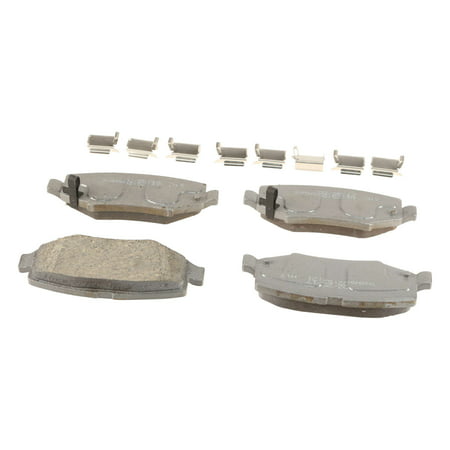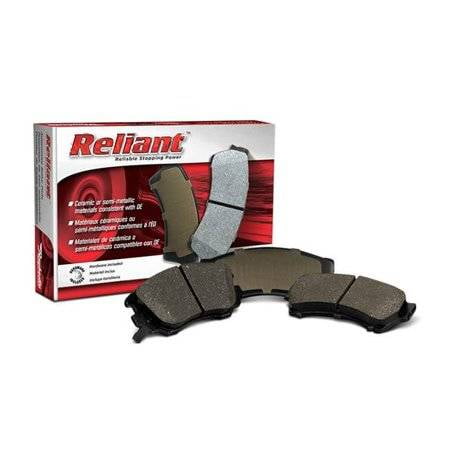Wagner Brake Thermoquiet Ceramic Brake Pad Set
Wagner ThermoQuiet OE Ceramic Disc Pad Set THE “ONE-PIECE” BRAKE PAD THAT PROVIDES QUIETER BRAKING. Wagner® ThermoQuiet® brake pads are the quieter, “one-piece” brake pads. They feature Integrally Molded Sound Insulator (IMI™) that integrates the friction material, backing plate and insulator into a single high strength component. The application-specific design spreads out heat, sound and vibration over a much larger surface area for quieter operation. A unique application-specific laser-shaped friction optimizes pad-to-rotor interface for better braking performance. The proprietary Wagner® OE21™ formulations feature a complex matrix of materials that replicate the functions of copper while setting new benchmarks and providing across-the-board improvements in NVH control, stopping power, durability and dusting characteristics. Features and Benefits: 35% Quieter 15% More stopping power Longer lasting Cleaner wheels Install Wagner Brake products with total confidence






Reviews
There are no reviews yet.